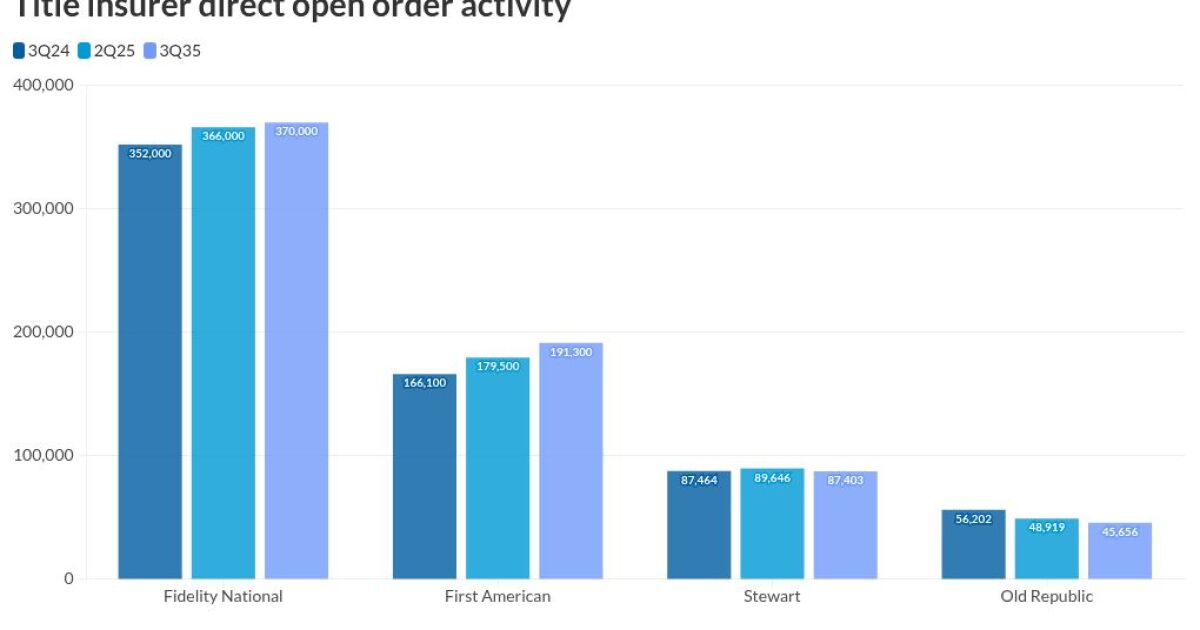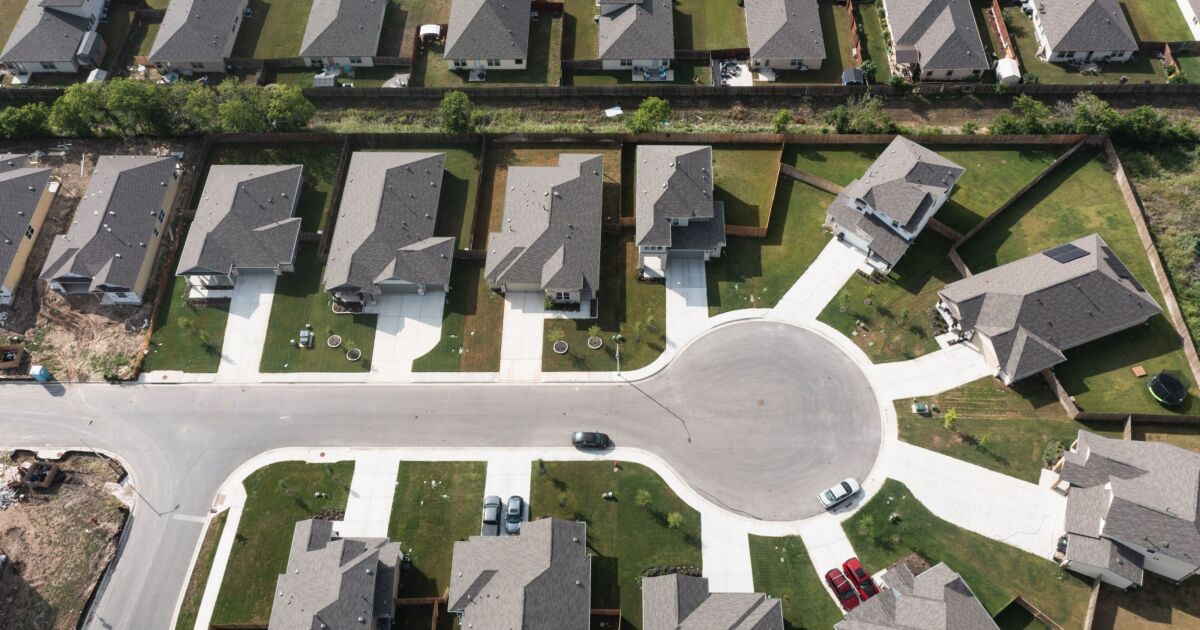
A small number of subprime mortgages that are outstanding are seeing higher year-over-year delinquencies in all categories, echoing broader market trends for that credit band.
Home loans that were 30 to 59 days past due and made to borrowers with credit scores of 600 or lower had a 17.81% delinquency rate in October, compared to 15.82% a year earlier and 21.14% in January 2020, according to Vantagescore.
Borrowers in the slightly higher near-prime score band of 601 to 660 favored by some lenders that make loans outside the qualified mortgage definition had a 2.69% early stage past-due rate last month. The equivalent for those with scores in the prime 661 to 780 range was just 0.17%.
Although subprime borrowers are a relatively tiny part of the mortgage market today, they tend to be a leading indicator of current conditions.
That's in line with conditions in consumer finance overall, where delinquencies are still historically low and fairly stable but showing small signs of pressure.
"Interest rates are high and the credit card balances keep going up," said Susan Fahy, executive vice president and chief digital officer at Vantagescore. "That adds to the stress that consumers are feeling, and we're definitely seeing that it's not isolated to lower scoring consumers, but they're the ones that they're the ones definitely being impacted the most."
While mortgage delinquency measures have been mixed recently, with some emphasizing that upticks tend to be in the early-stage phase, tiny increases across all past-due categories in Vantagescore's data suggest they're becoming increasingly consistent.
Late-stage subprime mortgage delinquencies in particular have shown a very small but steady uptick recently, rising to 2.69% in October from 1.77% a year earlier and 2.63% the previous month.
How many of these will continue to foreclosure remains to be seen given the Department of Veteran Affairs' recent call for leniency as it bridges a transition between the end of temporary relief it offered during the pandemic and a new policy that's pending.
VA loans have recently been a significant segment within the U.S. mortgage market but not necessarily a driver of overall trends.
Vantagescore's standard home-loan information comes from credit bureau data reflecting all active mortgage accounts undifferentiated by factors other than score, and regardless of which provider's measure was used at origination.
Currently, most mortgage originations employ an older FICO score because it's used by two influential government-related loan investors. But those buyers are preparing to use new Vantagescore and FICO measures in the future due to a congressional mandate.
The effectiveness of those measures as a gauge of mortgage performance could be more important in the future if credit does continue to soften broadly.
Vantagescore declined to forecast mortgage performance, but indicated current measures do suggest limited consumer spending in other areas, given less issuance of credit cards and higher rates seen recently for existing ones.
"I think that's definitely something to watch," said Fahy, noting that consumers still appear to be fulfilling what's generally a tendency to pay mortgage bills before others.



